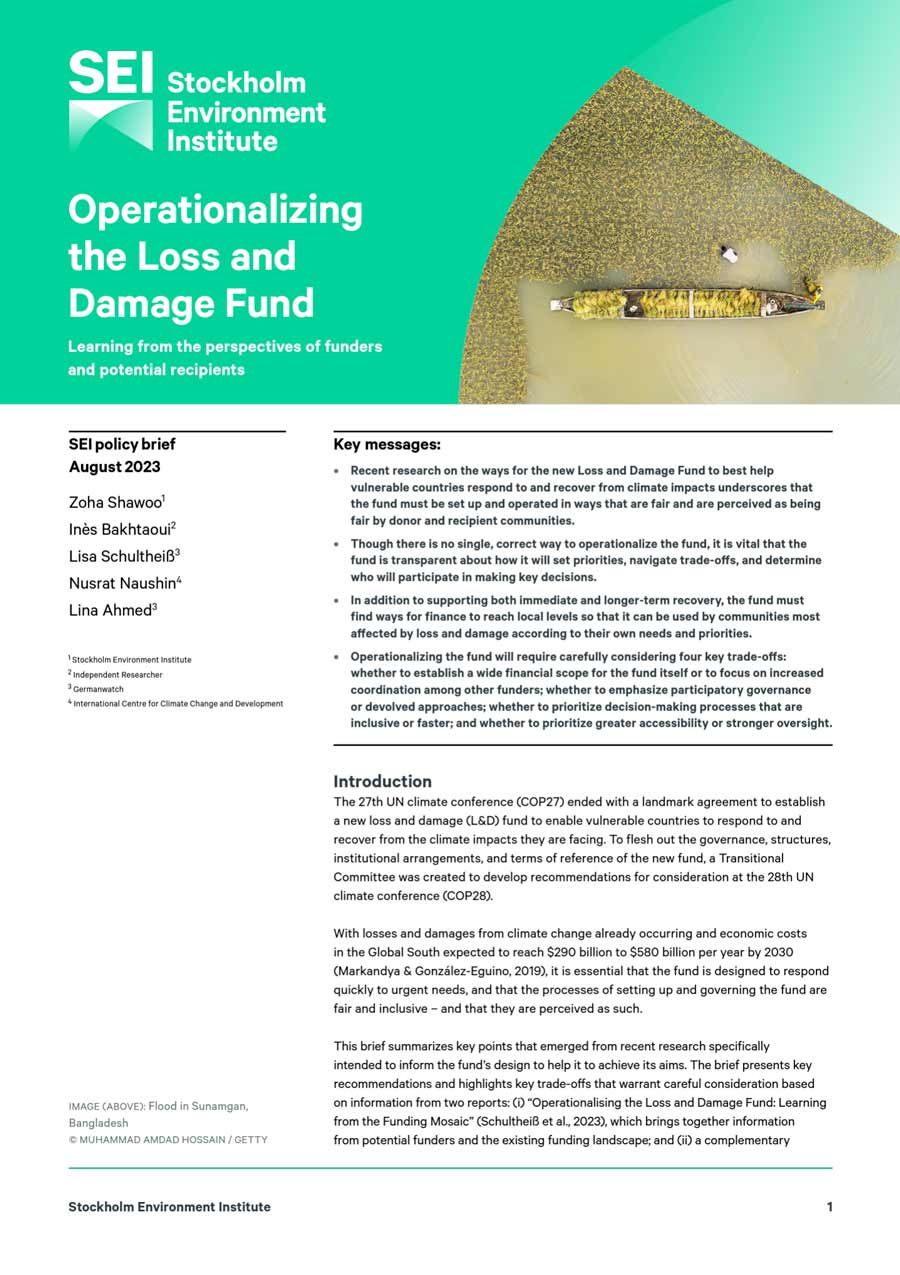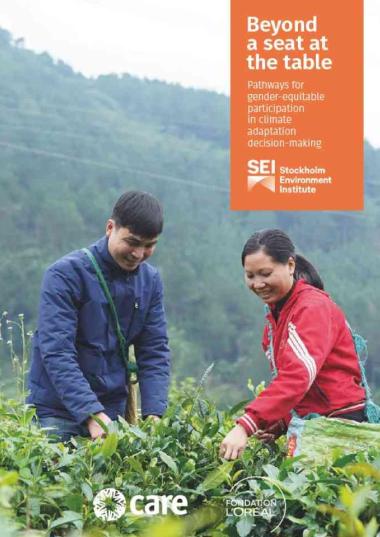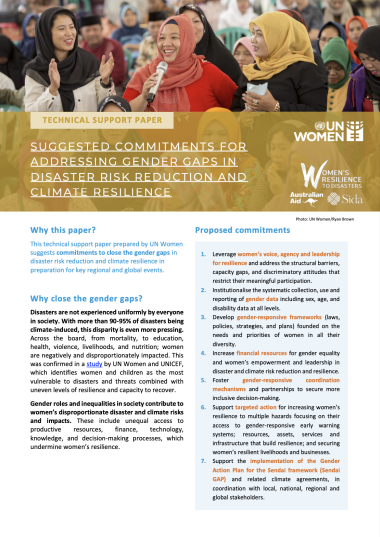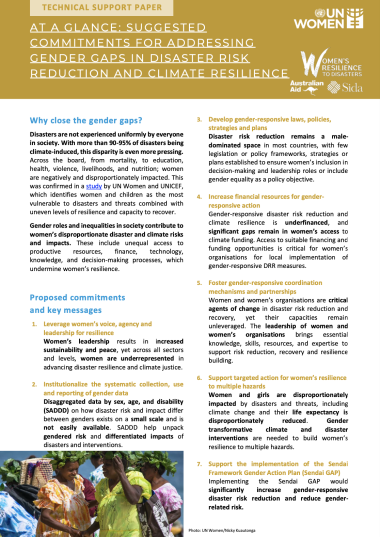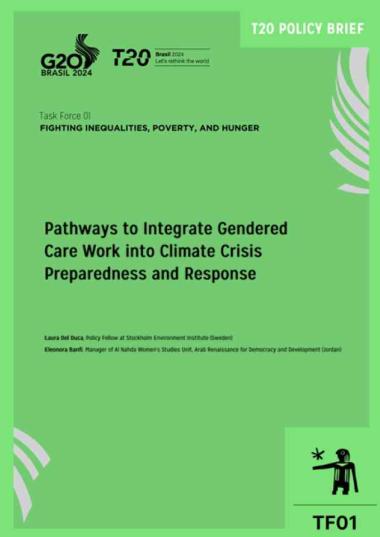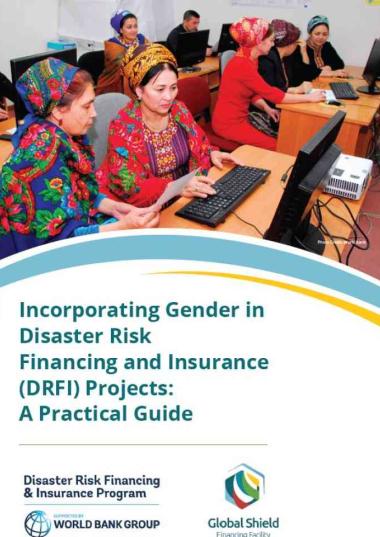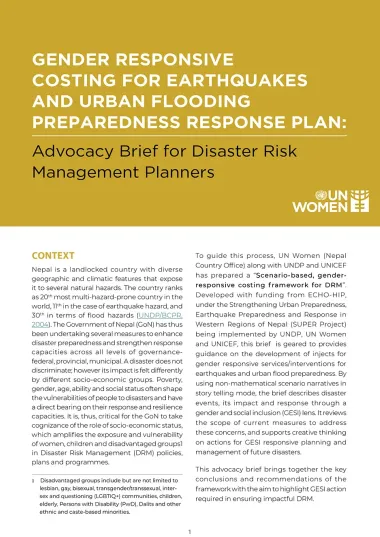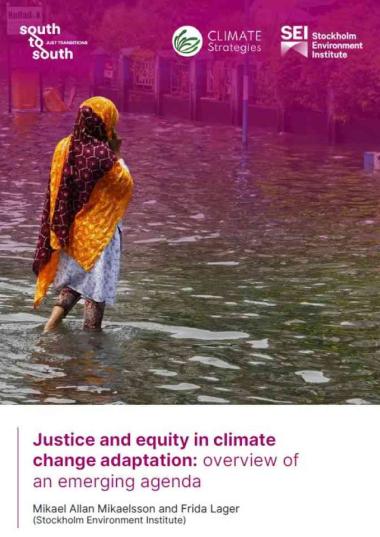
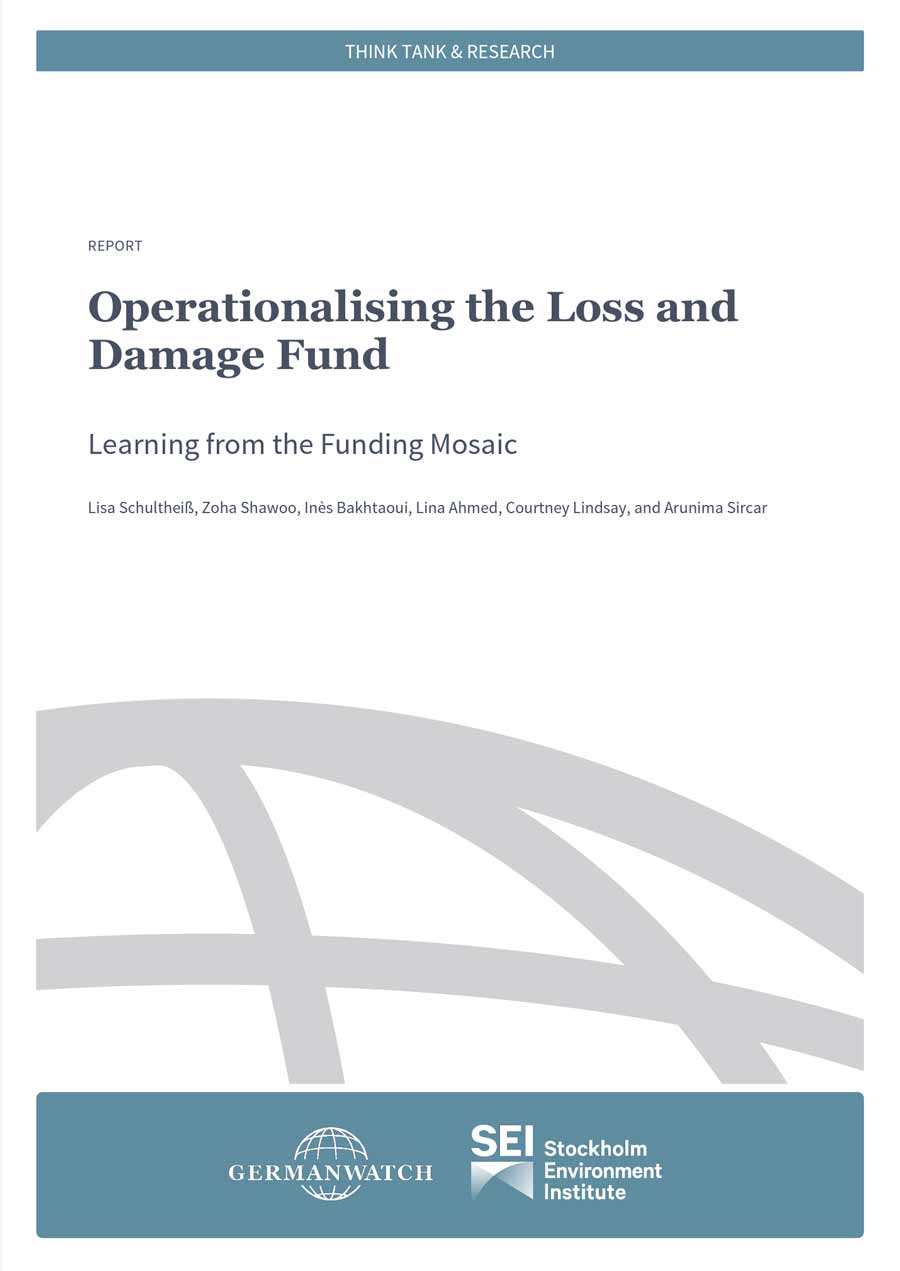
After decades of advocacy from small island states, least developed countries, and civil society in the Global South, the 27th UN climate conference (COP27) ended with a landmark agreement to establish a new loss and damage (L&D) fund to enable vulnerable countries to respond to and recover from the climate impacts they are facing. This decision was heralded as a historical breakthrough and a victory for climate justice.
L&D is already a lived reality for many, with economic costs of losses and damages in the Global South expected to reach an alarming $290 billion to $580 billion per year by 2030 (Markandya and González-Eguino 2019). It is therefore essential for the operationalisation of the fund to respond quickly to address urgent needs, and for the process of setting up and governing the fund to be fair and inclusive – and to be perceived as such.
To flesh out the institutional arrangements, modalities, structure, governance, and terms of reference of the new fund, a Transitional Committee (TC)1 of 10 Global North and 14 Global South representatives was created. It will develop recommendations for consideration at the 28th UN climate conference (COP28) about how the new fund can best be operationalised. Two critical questions surface in this process: (i) how can the fund learn from existing funds and enable comprehensive responses to L&D? (ii) how can the fund best serve the needs and priorities of vulnerable and marginalised communities facing losses and damages?
Our research – led by the Stockholm Environment Institute, Germanwatch, and the International Centre for Climate Change and Development – aims to shed light on these two questions. We provide recommendations to the TC on how the fund can be operationalised to best achieve its aims. We do this through two complementary outputs: (i) this report, “Operationalising the Loss and Damage Fund: Learning from the Funding Mosaic”, which draws learnings from the existing funding landscape; and (ii) a complementary report, “Operationalising the Loss and Damage Fund: Learning from the Intended Beneficiaries”, which draws on insights from those representing and working with potential fund applicants in governments and organisations throughout the Global South.
